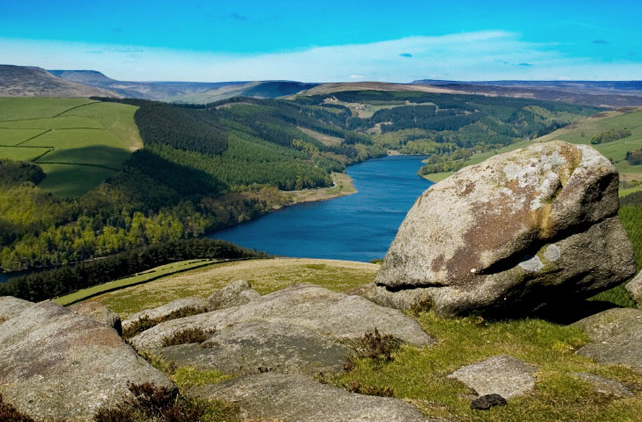Protected areas left short-changed by governments
A study, which revealed the most visited protected areas in the world are in the United States and the United Kingdom, has shown that global protected areas generate over US$600 billion each year while only 2% of this figure is reinvested in the safeguarding of their future.
The study, conducted by academics from Cambridge University and the United States, highlights the financial worth of natural assets at a time when governments increasingly integrate biodiversity into their national accounts. It makes clear, however, that the income generated by protected areas vastly eclipses the US$10 billion annual outlay on maintaining the world's national parks and nature reserves.
"Our findings show there is a clear need for increased investment in conservation," said IUCN's Dr Matt Walpole who worked on the study on behalf of UNEP's World Conservation Monitoring Centre in Cambridge. "It is an astonishing figure that illustrates the value people place on experiencing nature".
The study also revealed the ten most frequently visited protected area sites on the planet (of the 556 for which the researchers had direct data) were all in North America and Europe, including the Golden Gate National Recreation Area in the US and the Lake District National Park in the UK.
- Golden Gate National Recreation Area, US
- Lake District National Park, UK
- Peak District National Park, UK
- Lake Mead National Recreation Area, US
- North York Moors National Park, UK
- Delaware Water Gap National Recreation Area, US
- Dartmoor National Park, UK
- New Forest National Park, UK
- Grand Canyon National Park, US
- Cape Cod National Seashore, US
“It is fantastic that people visit protected areas so often, and are getting so much from experiencing wild nature – it’s clearly important to people and we should celebrate that,” said lead author Professor Andrew Balmford, from Cambridge University's Department of Zoology.
"These pieces of the world provide us with untold benefits: from stabilising the global climate and regulating water flows to protecting untold numbers of species. Now we've shown that through tourism nature reserves contribute in a big way to the global economy – yet many are being degraded through encroachment and illegal harvesting, and some are being lost altogether. It's time that governments invested properly in protected areas."
The researchers based their data on visit rates to over 500 protected areas, as well as by estimating variations in visitation according to a protected area's distinct properties and the local socioeconomic conditions. Estimates were made for all but the smallest of the world's protected areas to help produce an overall survey of the global extent of the phenomenon and its economic significance.
Among the approximate total of 8 billion visits a year, some 3.8 billion were recorded in Europe and 3.3 billion in North America. The study considered 556 protected areas (all terrestrial and above 10 hectares in size) in 51 countries, and utilised 2,663 annual visitor records covering the period between 1998 and 2007. One clear conclusion to be drawn from the research is a dissatisfaction at the amount governments spend on safeguarding the protected areas – with the figure of US$10 billion per year "widely regarded as grossly insufficient".
Walpole added: "Even without considering the many other benefits which PAs provide, our estimates of the economic impact and value of protected area visitation dwarf current expenditure—highlighting the risks of under-investment in conservation, and suggesting substantially increased investments in protected area maintenance and expansion would yield substantial returns."





